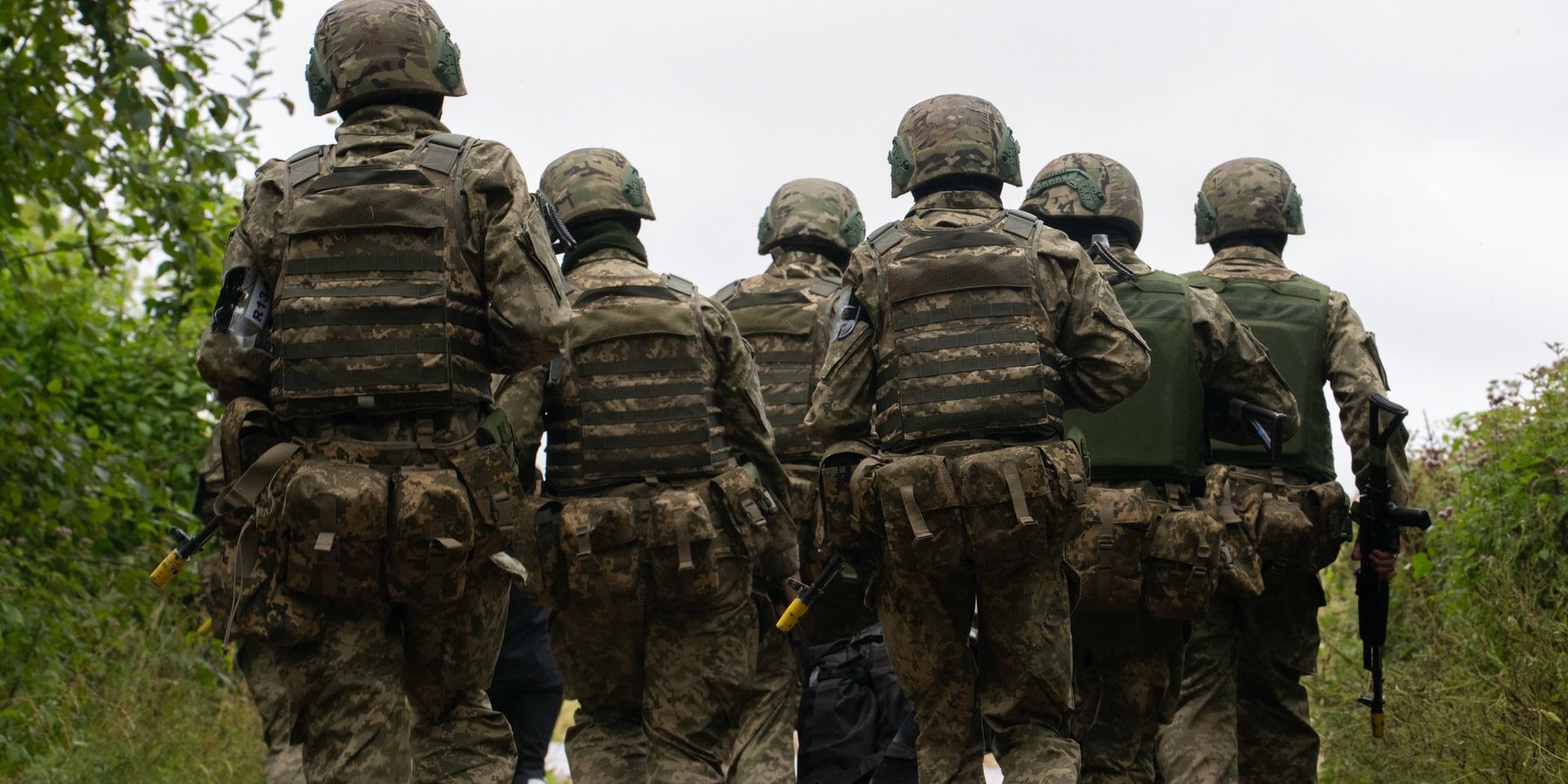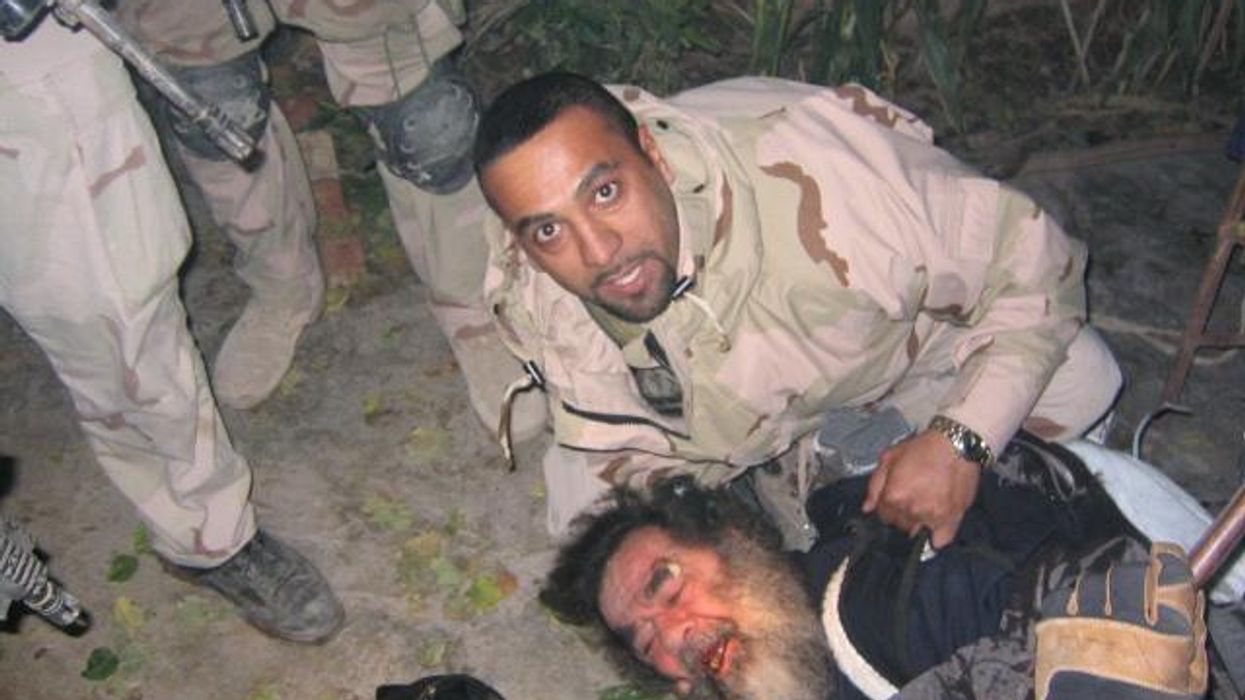The war in Ukraine has raged for over three years. As ceasefire talks loom, major European NATO members including Germany, UK, France and Denmark are planning to protect any future armistice by sending their troops as peacekeepers in a “Coalition of the Willing.”
Their goal is to deter the Russians from restarting the war. Unfortunately, deterrence comes from combat capability. Without it there is no deterrence at all. That capability is in question. NATO equipment and doctrine was developed for the Cold War and tested in the mountains of Afghanistan. It has not been tested in conventional war and needs to absorb lessons from the Ukraine war to offer a military option to the European elites, independent of the United States.
Many Western military specialists do not appreciate the evolution in warfare. They believe that NATO’s “combined arms” doctrine will break the Russian Army. Unfortunately, emerging technology increased defensive firepower to the point where it defeats the protection capability of the attacker. The combination of artillery and drones destroys any attacking force before it can penetrate in depth. So far NATO leadership does not seem to have adopted its doctrine, equipment, or professional training to the new environment.
NATO doctrine evolved from the U.S. “Air Land Battle” developed to stop massed Soviet tanks from breaking through Germany’s Fulda Gap in the 1980s. Frontline units affected no more than 15km, maximum range for artillery at the time. Reconnaissance assets were mainly scouts or manned aircraft and neither could establish persistent observation of enemy rear for long.
War in Ukraine upended this environment. Proliferation of drones enabled both sides to establish persistent observation 30 –100 km in depth. Strike systems like short-range first-person view (FPV) drones can range 30 km beyond the front, and fixed-wing drones such as “Lancets” can reach 70 km. Artillery range grew from 15km to 50km and in some cases 70km.
The extended ranges of weapons mean it’s easier to mass fire (fire from two or more weapons directed at a single target or area). In the 1980s, an attacking battalion could only be engaged by strike systems of an opposing battalion, today it can be hit by full fires of the three to five enemy battalions in the opposing line.
The “safe” areas in the friendly rear have disappeared. Getting to the front is a journey of 50-70 km under constant enemy observation and strikes. Any large formation moving through this zone is likely to get destroyed before reaching the front. For example, during the Zaporozhye counteroffensive, large portions of mechanized Ukrainian forces were destroyed without even breaching Russian outer minefields.
Most pundits assume that Ukraine failed to follow NATO doctrine. This is false. Ukraine tried NATO doctrine, but abandoned it after it failed on the battlefield. For example, it lacked a realistic concept for dealing with enemy minefields and fortifications. German instructors told incredulous Ukrainian soldiers, “just drive around the minefields.”
This advice proved suicidal in the face of Russian/Soviet sappers, who’s reputation for massive, complex minefields reach back to WWII.
The overall pitfalls in the NATO doctrine, is that it assumes massive overmatch in equipment, munitions and airpower, provided by an overwhelming industrial base. Without those advantages NATO doctrine fails to deliver results.
There is also lack of professionalism among NATO officers, stemming from over 20 years of “War on Terror” that atrophied professional education in realms of conventional warfare. The loss of institutional knowledge has deeply affected Western militaries and is exacerbated by hubris gained from victories over weaker powers.
The New York Times article, “Secret History of the War In Ukraine,” describes the consequences of the NATO mind set. Falling back on their War on Terror experience, U.S. advisers focused on long range fires but completely neglected cavalry (heavy mechanized scouts).
Russian defense belts are preceded by “security zones,” an area about 10 km deep, which is held by dispersed heavy mechanized scouts, tasked with keeping enemy scouts away from the main defense belt and disrupting the attacker’s main body. In battles of Kherson and Zaporozhye, the Russian outpost line routinely broke up Ukrainian attacks with heavy losses, before those attacks reached the main defense belts.
A similar issue emerged at the battle of Krinki, where UK advisers experimented with new amphibious warfare doctrine, sacrificing the Ukrainian Marine Corps in the process. Even U.S. advisers thought they had zero chance to succeed. Feedback from the front was filtered through the prism of familiar NATO military culture and rarely resulted in updated NATO’s doctrine and training models.
Observing the latest NATO exercise in the Baltic, French soldiers still clear trenches, in large, clustered groups, using small arms. The only drone visible belongs to the reporter taking PR shots. Meanwhile in Ukraine, the Russian army uses drones at every level, from providing instant updates to assault troops to dropping grenades into strong points ahead of them. To preserve the lives of soldiers, grenades and large explosives are used to clear bunkers and corners instead of sending men.
The French appear to do none of these tactics. The outcome of the clash between these two forces is not hard to predict.
A similar picture appears to be in the air, where both sides are flying low, employing standoff munitions, lobbed from safety provided by friendly air defense. Glide bombs are the weapons of choice for both Russians and Ukrainians, reducing exposure time and reducing aircraft losses to single digits.
Will NATO adopt this practice? Unlikely. NATO military experts still talk about gaining air superiority and penetrating airspace beyond the front, flying into the very heart of Russian air defenses. Without the massive U.S. Air Force, Europeans would quickly run out of aircraft. This problem is exacerbated by low readiness rates, for example only 30% of German aircraft can actually fly.
The equipment is another sore point. Europe has donated so much that it's almost out. In an artillery centric war, many NATO members ( UK, Denmark) have none. Western arms makers have focused on performance over mass, resulting in few boutique solutions which rapidly wear out in prolonged combat. The war in Ukraine churns through equipment at a rate that the West can't replace. For example, production of donated M777 artillery, billed as game changer, cannot keep up with losses and by now are mostly destroyed.
Attrition brings up another question. How to regenerate manpower? Russians use patriotism and financial incentives. Ukraine uses increasingly draconian draft. What will Europeans do? Right now, key European countries have volunteer armies and are struggling to fill the ranks. The European public opposes sending troops to Ukraine, so a surge of volunteers is unlikely.
This leaves introducing a draft, which is always an unpopular measure, but the migrant crisis risks exacerbating the situation. New citizens are unlikely to fight in Ukraine, without massive unrest. Excluding them will result in equally massive unrest from the European indigenous population. Either way, the draft threatens tearing European societies apart.
Instead of taking time to learn the lessons from Ukraine and improve its combat capability, NATO appears to assume that Russians don’t know how to fight. In the meantime both European training and equipment readiness rates are abysmal.
Here lies the ultimate puzzle. Given the inadequacy of NATO’s European forces to fight a sustained war, one must wonder, what are the European leaders hoping for? Do they delude themselves into thinking Russia is losing and they can defeat it in war, like some in the U.S.? Are they bluffing, or do they assume that the mere sight of Western forces will cause Russians to capitulate?
Why are they willing to run the real risk of a military defeat with all its negative political and economic consequences? Europe must address these questions before a catastrophic mistake is made.
- The flimsy UK, France, Ukraine 'peace plan' discussed Sunday ›
- What a Russian 'victory' would actually look like ›
- The 17 Ukraine war peace terms the US must put before NATO | Responsible Statecraft ›
- France plans risky military deployment while govt is in tatters | Responsible Statecraft ›
















